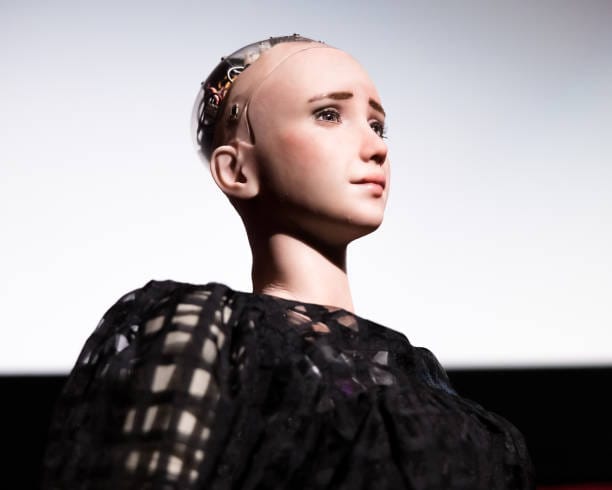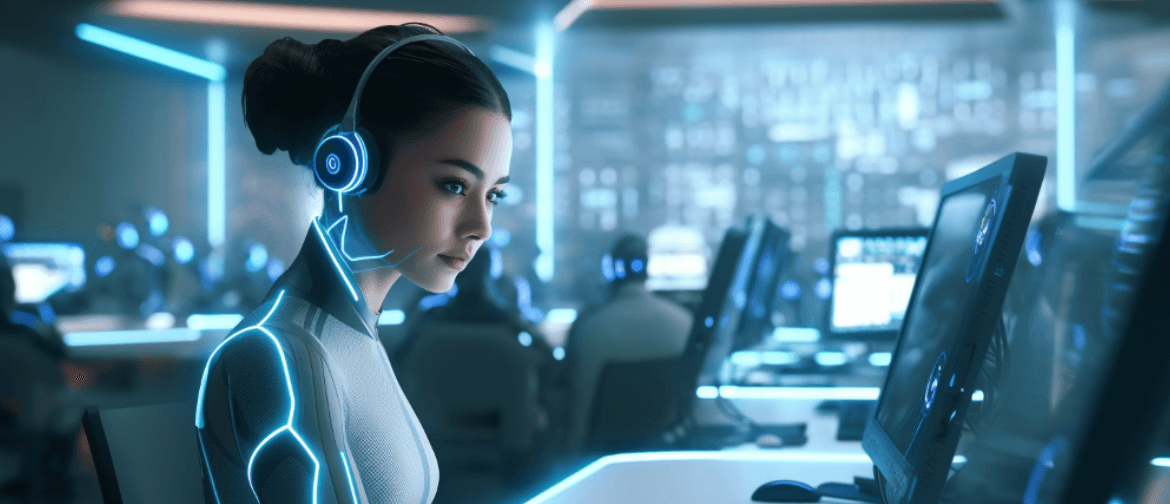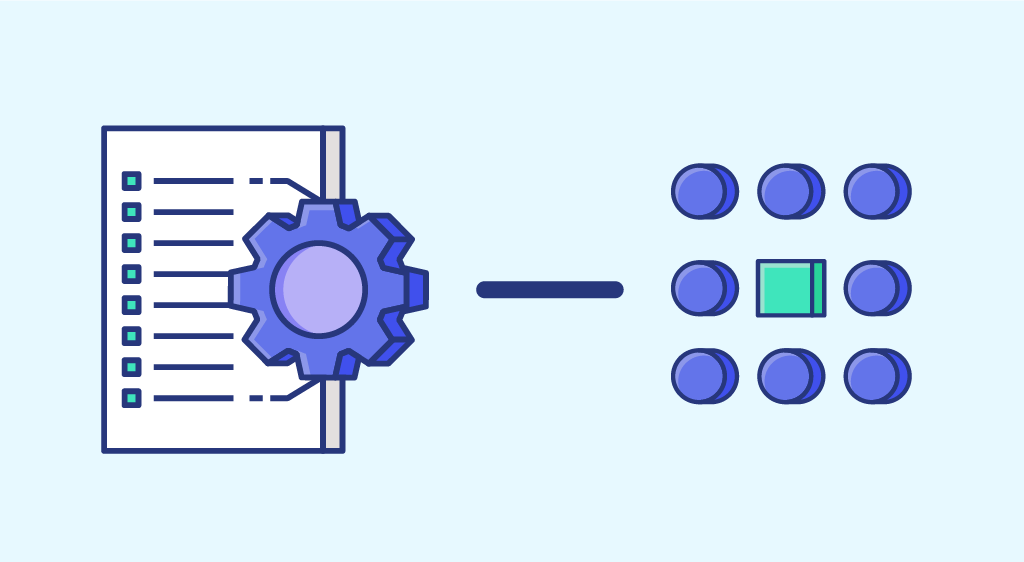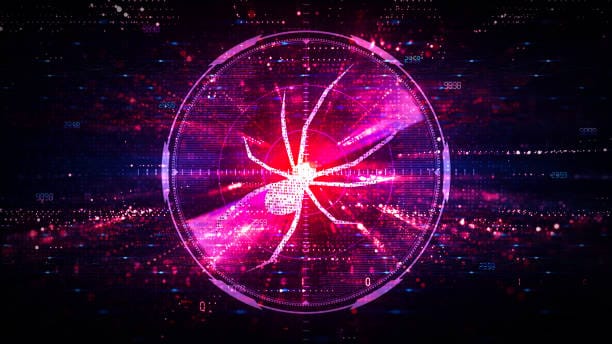Humanity has always been drawn to the idea of building machines in our own image. From the myths of ancient Greece, where Hephaestus crafted golden mechanical servants, to the automata of the Renaissance, to the androids of modern science fiction, we have imagined humanoid beings that could move, think, and perhaps even feel like us.
Today, that dream has taken form in laboratories and workshops around the world. Humanoid robots — machines designed to mimic the human body and, increasingly, aspects of human behavior — are no longer the stuff of fantasy. They can walk, run, talk, make eye contact, and even perform tasks alongside humans.
This is not just about engineering; it’s about understanding ourselves. By designing robots that resemble us, we’re forced to confront what it means to be human — our physical abilities, our social interactions, and even our moral boundaries.
Below are ten of the most advanced humanoid robots in the world, ranked not by a single measure of “best,” but by their groundbreaking contributions to the field and the unique vision each represents.
1. Atlas — The Agile Athlete of Robotics
When it comes to raw physical capability, few robots in history can match Atlas, created by Boston Dynamics. At about 1.5 meters tall and weighing 89 kilograms, Atlas is a hydraulically powered machine designed for mobility, agility, and balance.
Atlas is not built to look human in the face — its “head” is more of a sensor housing — but in terms of movement, it is eerily human-like. It can run across uneven terrain, leap between platforms, execute flawless backflips, and even perform synchronized parkour routines.
Boston Dynamics uses Atlas as a research platform to test the limits of bipedal locomotion. It’s equipped with stereo vision, LIDAR, and advanced perception algorithms that allow it to navigate dynamically changing environments. This capability has enormous implications for disaster response: imagine sending Atlas into a collapsed building to deliver supplies, search for survivors, or clear debris without risking human lives.
One of the most remarkable aspects of Atlas’s design is how natural its movements look. Each joint is controlled with precision, and its algorithms calculate complex balance adjustments in real time. When you watch Atlas vault an obstacle or spin midair, you get the strange sensation that the line between machine and athlete is beginning to blur.
2. Sophia — The Human Face of AI
While Atlas impresses with its athleticism, Sophia, developed by Hanson Robotics, captivates audiences with her human-like social presence. Introduced in 2016, Sophia quickly became a global sensation, appearing on talk shows, delivering speeches at international conferences, and even being granted symbolic citizenship by Saudi Arabia.
Sophia’s most striking feature is her face, made from Hanson Robotics’ patented “Frubber” material, which mimics the elasticity and texture of human skin. Beneath that skin are dozens of actuators that allow her to display over 60 facial expressions. From a gentle smile to a skeptical eyebrow raise, her expressions are remarkably convincing.
Her AI system is powered by a combination of scripted responses, machine learning, and natural language processing. While Sophia’s conversational ability is not yet at the level of free human dialogue, she can engage in discussions on topics ranging from climate change to art, adapting her tone and expressions to suit the mood.
Hanson Robotics envisions Sophia as a platform for research in elder care, customer service, and education. In an elderly care facility, for instance, a Sophia-like robot could provide companionship, monitor health conditions, and summon help if needed. She’s not just a machine that talks — she’s designed to make people feel at ease.
3. Ameca — The Master of Expression
Engineered Arts’ Ameca has been called the “most realistic humanoid robot in the world” — not because it walks or runs, but because of the uncanny realism of its facial expressions. With a head and upper body covered in a soft, silicone-like skin and underpinned by a finely tuned system of actuators, Ameca can raise an eyebrow, widen her eyes in surprise, or purse her lips in thought with extraordinary subtlety.
These micro-expressions give Ameca an almost unsettling presence. In demonstrations, she can follow your gaze, lean forward as if listening intently, and react with expressions that feel deeply human. She can even convey emotion without speaking a word, which makes her an ideal research platform for studying human-robot interaction.
Ameca’s design is modular, meaning her hardware and software can be upgraded over time. While she currently does not walk — her demonstrations focus on the torso and head — Engineered Arts has made it clear that locomotion is on the roadmap.
Her potential roles include customer service, education, and public engagement. Imagine walking into a museum and being greeted by a guide who can not only answer your questions but also react to your curiosity with a warm, knowing smile.
4. Asimo — The Pioneer That Walked Into History
Long before robots like Atlas and Ameca captured the world’s imagination, Asimo was showing us what was possible. Developed by Honda and first unveiled in 2000, Asimo (Advanced Step in Innovative Mobility) was the first bipedal humanoid robot to walk and run with remarkable stability.
Standing just over 1.3 meters tall and weighing 48 kilograms, Asimo could climb stairs, turn smoothly, and even kick a soccer ball. It could recognize faces, understand voice commands, and carry objects.
Honda envisioned Asimo as a personal assistant for the elderly and disabled, able to perform simple household tasks. For nearly two decades, Asimo toured the world, appearing in technology expos, science museums, and even on stage with world leaders.
Although Honda retired Asimo in 2018, its influence is profound. Many of the algorithms and mechanical design principles developed for Asimo paved the way for the robots that followed.
5. Digit — The Workhorse for Human Environments
Agility Robotics took a functional, rather than strictly human-like, approach with Digit. Standing 1.75 meters tall and sporting long, bird-like legs, Digit is designed to operate in human environments while carrying heavy loads and navigating obstacles.
Digit can walk up and down stairs, step over curbs, and maneuver through cluttered spaces — all while carrying packages weighing up to 18 kilograms. Ford Motor Company has tested Digit for last-mile delivery in combination with autonomous vehicles, envisioning a future where a self-driving car pulls up to your home and Digit walks the package right to your door.
Its sensors and AI systems allow it to operate semi-autonomously, detecting and responding to obstacles in real time. While it doesn’t have a human-like face, its form factor is optimized for balance and efficiency in spaces built for humans.
6. Robonaut 2 — The Astronaut’s Assistant
Developed by NASA in partnership with General Motors, Robonaut 2 (R2) is designed for work in environments far more hostile than Earth — namely, space. Unlike most humanoid robots, R2 consists only of an upper body, but its arms and hands are built to handle the same tools astronauts use.
In 2011, R2 was sent to the International Space Station for testing. There, it performed simple maintenance tasks, demonstrating that a humanoid robot could assist astronauts with repairs, freeing them up for more complex missions.
NASA envisions future iterations of Robonaut with full mobility, capable of performing surface operations on the Moon or Mars. In such environments, robots like R2 could handle dangerous or repetitive tasks, reducing risk to human crew members.
7. Nadine — The Social Caregiver
Developed by Nanyang Technological University in Singapore, Nadine is one of the most human-like social robots in existence. She has soft skin, natural-looking hair, and facial features designed to be approachable and familiar.
Nadine’s AI allows her to remember people she has met, recognize their faces, and recall past conversations. She can speak multiple languages and display a range of emotions through expressions and gestures.
Her creators see Nadine as a potential companion for the elderly, especially in societies facing aging populations. In addition to conversation, she can provide reminders for medication, offer entertainment, and act as a link to emergency services.
8. Walker X — The Home Service Robot
UBTECH Robotics’ Walker X is a full-sized bipedal humanoid designed for domestic service. Standing 1.45 meters tall, Walker X can walk smoothly, climb stairs, and navigate through rooms while avoiding obstacles.
It can perform household tasks such as carrying trays, opening doors, watering plants, and even playing simple games. Its AI vision system allows it to recognize objects and people, making it capable of personalized assistance.
UBTECH sees Walker X as the foundation for a new generation of home robots that can handle chores while integrating with smart home systems.
9. HRP-5P — The Industrial Builder
Japan’s Advanced Industrial Science and Technology (AIST) developed HRP-5P for industrial tasks, particularly in construction. Standing 1.82 meters tall, HRP-5P has long arms and a sturdy frame designed to handle large tools and heavy panels.
It can operate in environments that are dangerous or difficult for humans, such as high scaffolding or disaster zones. HRP-5P can use tools like drills and saws, positioning materials with precision.
In a country like Japan, where the labor force is shrinking due to demographic changes, robots like HRP-5P could play a key role in maintaining industrial productivity.
10. Tesla Optimus — The Ambitious Newcomer
Tesla’s Optimus project, announced by Elon Musk in 2021, is still in its early stages, but it has captured the public’s attention with bold promises. Standing 1.73 meters tall and weighing 57 kilograms, Optimus is designed to be a general-purpose humanoid capable of performing everyday tasks.
Tesla envisions Optimus as a future household assistant and factory worker, able to handle repetitive or dangerous jobs. Its design integrates Tesla’s AI expertise from autonomous driving, giving it advanced perception and navigation abilities.
While the current prototypes are limited, the ambition behind Optimus is vast: to create a humanoid robot affordable enough for mass adoption, potentially transforming labor markets worldwide.






